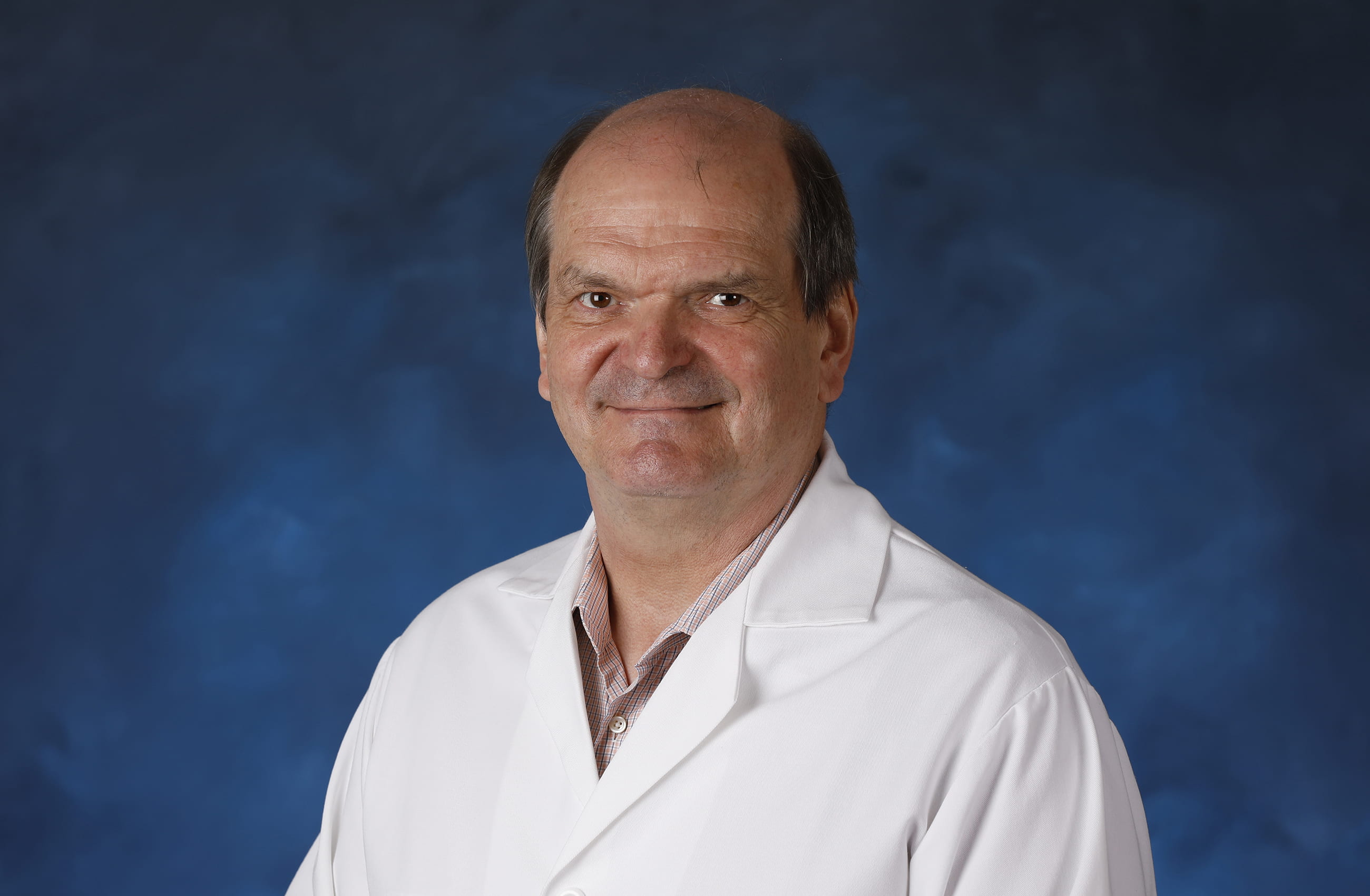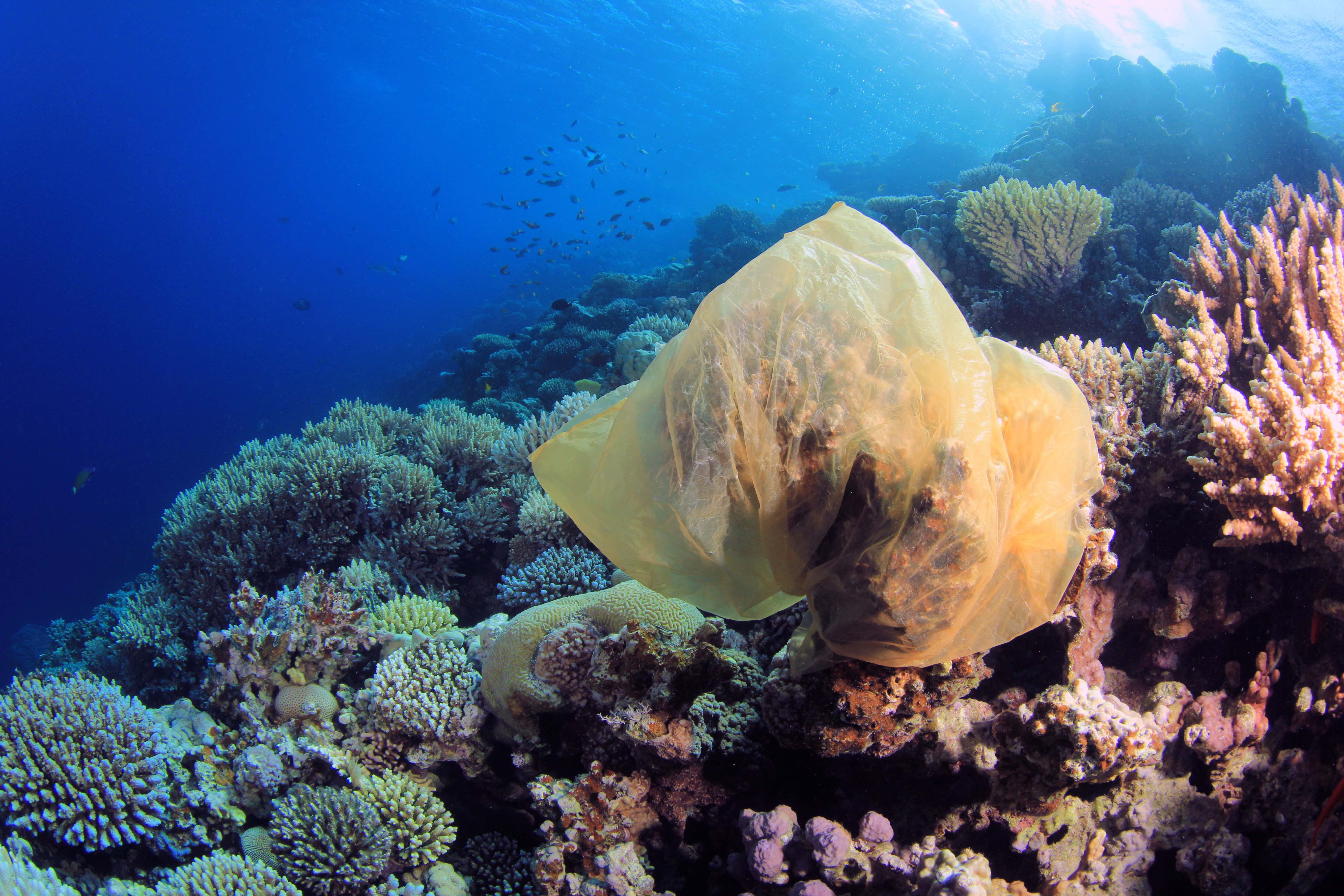UCI scientists identify lesion-healing mechanism in psoriasis
A UC Irvine-led study has revealed the underlying genetic factors that help repair skin lesions caused by psoriasis, which could engender new methods of controlling the lingering condition.
Irvine, Calif., Oct. 27, 2014 — A UC Irvine-led study has revealed the underlying genetic factors that help repair skin lesions caused by psoriasis, which could engender new methods of controlling the lingering condition.
Dr. Bogi Andersen, professor of biological chemistry and endocrinology at UCI, and colleagues discovered that a gene called grainyhead – known to be important in epidermal development and wound healing – triggers a repair pathway for psoriasis lesions. Conversely, they found that deletion of this gene increased the severity and longevity of the disfiguring patches.
“Our research suggests that targeting this mechanism of healing may lead to pharmaceutical products that limit the itchy, painful lesions all psoriasis sufferers must endure,” Andersen said. Study results appear online today in The Journal of Clinical Investigation.
Psoriasis is a chronic skin condition caused by an overactive immune system in which immune cells secrete inflammatory mediators that cause thickening and other abnormalities in the epidermis, the outermost layer of the skin. These lesions look like scaly plaques, and they heal at a rate dependent upon the severity of the disease.
The researchers learned that in psoriasis a compound called grainyhead-like 3 – which binds to DNA to control the rate of transcription of genetic information from DNA to messenger RNA – orchestrates the activation of an epidermal repair pathway. (The grainyhead gene was initially discovered in fruit flies, where it’s important for wound healing.)
They also found it easier to induce psoriasis-like lesions in mice lacking the GRHL3 gene. Furthermore, these lesions did not resolve properly and persisted even in the face of active immune suppression treatments currently being studied for the disease.
“Our study indicates that an evolutionarily ancient epidermal repair pathway is activated in psoriasis lesions and that this pathway suppresses disease severity and helps heal the lesions,” Andersen said. “We speculate that abnormalities in this pathway might contribute to disease severity and that in the future this mechanism could be targeted to help treat psoriasis.”
William Gordon, Michael Zeller, Rachel Klein, Hsiang Ho, Francisco Espitia and Pierre Baldi of UCI and William Swindell and Johann Gudjonsson of the University of Michigan contributed to the study, which was supported by the National Institutes of Health (grants AR44882, T32-HD60555 and 1F32AR065356-01A1 and grants K08AR060802, LM010235 and LM07443), the National Science Foundation (grant IIS-0513376), the Irving Weinstein Foundation, the National Psoriasis Foundation, the A. Alfred Taubman Medical Research Institute, the Doris Duke Charitable Foundation and an American Skin Association Carson Research Scholar Award in Psoriasis.
Media contact: Tom Vasich, Writer – tmvasich@uci.edu
About the University of California, Irvine: Founded in 1965, UCI is the youngest member of the prestigious Association of American Universities. The campus has produced three Nobel laureates and is known for its academic achievement, premier research, innovation and anteater mascot. Led by Chancellor Howard Gillman, UCI has more than 28,000 students and offers 192 degree programs. Located in one of the world’s safest and most economically vibrant communities, it’s Orange County’s second-largest employer, contributing $4.8 billion annually to the local economy.
Media access: Radio programs/stations may, for a fee, use an on-campus ISDN line to interview UC Irvine faculty and experts, subject to availability and university approval. For more UC Irvine news, visit wp.communications.uci.edu. Additional resources for journalists may be found at communications.uci.edu/for-journalists.

